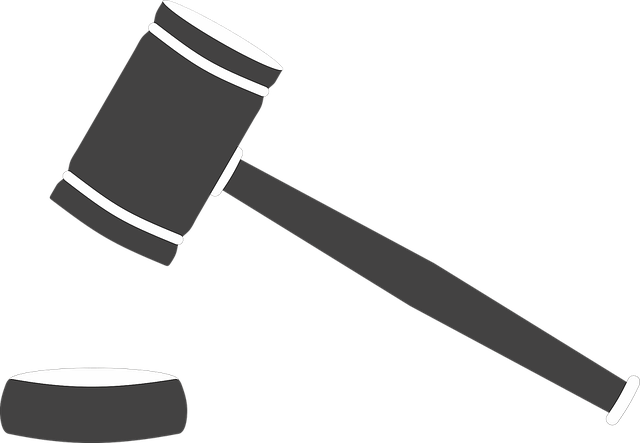A defective product injury results from using a product with manufacturing flaws or design defects, leading to unexpected hazards and direct consumer harm. To succeed in legal action, plaintiffs must prove defects causing an unreasonable risk of harm through expert testimony and establishing causation. Common culprits include malfunctioning electronics, medical devices, and automotive parts, resulting in minor to severe injuries. Strict safety standards and liability cases are crucial in holding manufacturers accountable for such incidents.
A defective product injury can have severe physical, financial, and emotional consequences. Understanding what constitutes a solid case is paramount for victims seeking justice. This article delves into the intricacies of defining a defective product, outlining key elements required to prove a successful claim. We explore common types of faulty products and the associated injuries, empowering readers with knowledge crucial for navigating these complex legal matters.
- Understanding Defective Product Injury: Defining the Parameters
- Elements to Prove a Successful Defective Product Case
- Common Types of Defective Products and Associated Injuries
Understanding Defective Product Injury: Defining the Parameters

A defective product injury occurs when an individual suffers harm due to a manufacturing flaw or design defect in a product. To qualify as a defective product injury case, several key parameters must be met. Firstly, the product must have been defective, either through a manufacturing error or an inadequate design, which results in an unexpected hazard or risk of harm when used as intended. This could include issues like faulty components, incorrect assembly, or insufficient safety features.
Secondly, there must be a direct causal link between the defect and the resulting injury. The injured party must have been using the product as it was intended or reasonably foreseeable when the incident occurred. Additionally, legal representation from a qualified personal injury attorney is crucial in such cases. They help navigate complex product liability laws and contract disputes to ensure the victim receives adequate compensation for their injuries and related expenses.
Elements to Prove a Successful Defective Product Case

To succeed in a defective product injury case, several key elements must be established. Firstly, it’s imperative to demonstrate that a product was defectively designed, manufactured, or labelled, leading to an unreasonable risk of harm to consumers. This can involve presenting evidence of design flaws, manufacturing errors, or inaccurate instructions and warnings.
Additionally, the plaintiff needs to prove they were directly harmed by the defective product. This often includes showing how the product’s defects caused injuries through a clear chain of events. In cases involving insurance disputes or complex circumstances like nursing home neglect, establishing causation might require expert testimony to strengthen the claim. Moreover, an auto accident attorney could highlight the significance of vehicle safety features and their absence in defective products to argue for liability.
Common Types of Defective Products and Associated Injuries

Defective products can cause a range of injuries, from minor to severe and life-threatening. Common types include malfunctioning electronics leading to burns or electrical shocks, defective medical devices causing internal damage, and faulty automotive parts resulting in auto accidents. These incidents often result in immediate physical harm but may also lead to long-term disabilities or even fatal outcomes.
For instance, a caregiver abuse case might involve an elderly patient suffering from severe injuries due to the failure of a mobility aid. Similarly, product liability cases related to personal injury lawyers often surface when faulty manufacturing results in falls or accidents. In auto accident lawyer scenarios, defective tires or brakes can lead to collisions and subsequent injuries, underlining the critical need for product safety standards and responsible manufacturing practices to prevent such tragedies.
In conclusion, a successful defective product injury case requires understanding key elements such as product defect, manufacturer negligence, and causation. By recognizing common types of defective products and their associated injuries, individuals affected can take proactive steps to seek justice and compensation for their harm. Awareness and knowledge are powerful tools in navigating the complexities of defective product liability law, ensuring that those injured by faulty products have a voice and recourse.






